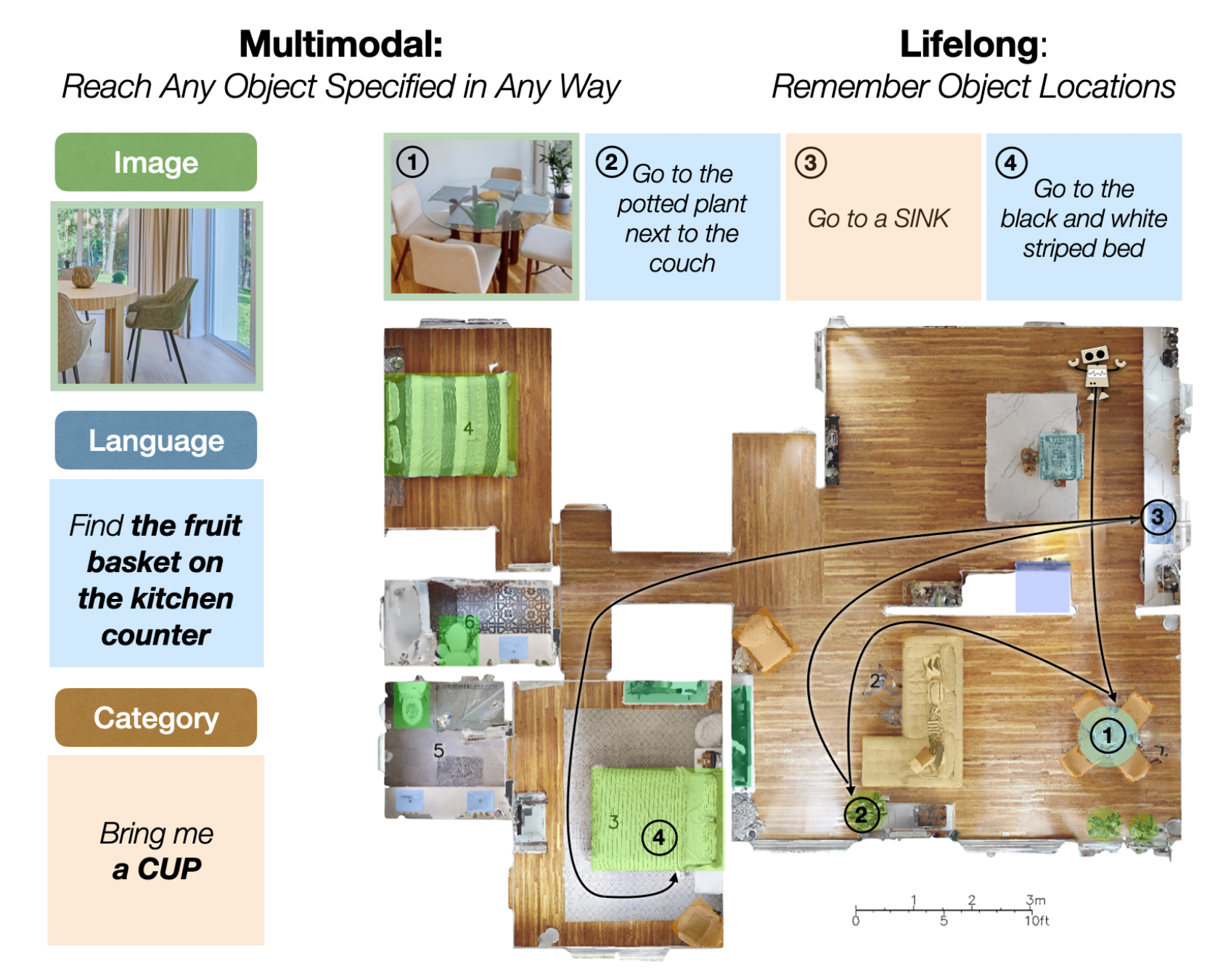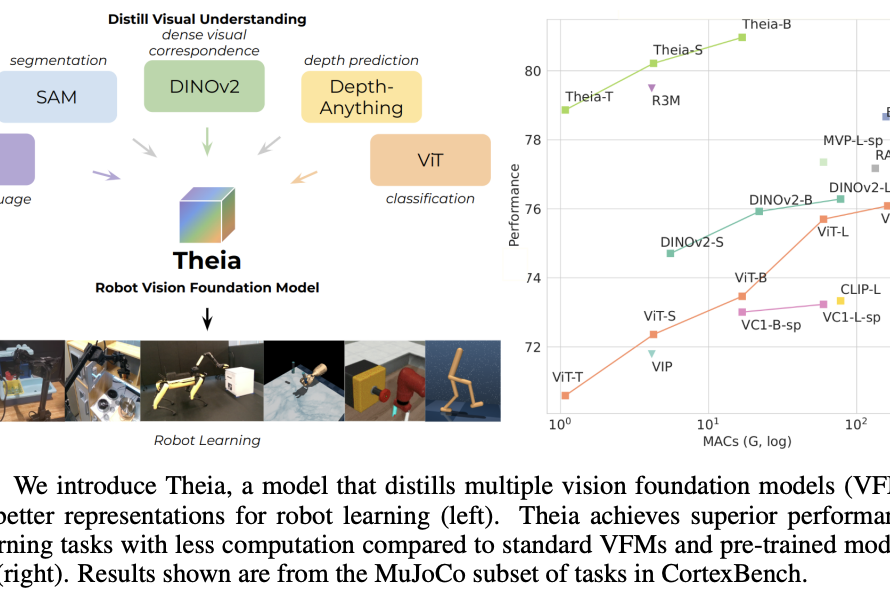In robotics, understanding the position and movement of a sensor suite within its environment is crucial. Traditional methods, called Simultaneous Localization and Mapping (SLAM), often face challenges with unsynchronized sensor data and require complex computations. These methods must estimate the position at discrete time intervals, making it difficult to handle data from various sensors that do not sync perfectly.
There are existing methods that tackle these problems to some extent. Conventional SLAM techniques synchronize sensor data by converting it into discrete time intervals. This approach is computationally intensive and needs help integrating asynchronous data from sensors like cameras and inertial measurement units (IMUs). Some advanced methods use Non-Linear Least Squares (NLLS) optimization to improve accuracy but still face limitations in efficiency and scalability.
To overcome these limitations, a new framework called Hyperion has been developed by researchers from ETH Zürich, Imperial College London, and the University of Cyprus. Hyperion utilizes Continuous-Time SLAM (CTSLAM) and Gaussian Belief Propagation (GBP) to handle asynchronous sensor data more efficiently. This approach allows for continuous-time motion parametrization, which means it can estimate positions, velocities, and accelerations at any given time without synchronized data. Hyperion is designed to be decentralized, making it more scalable and suitable for multi-agent setups where multiple robots or sensors work together.
Hyperion has shown significant improvements in various metrics compared to traditional methods. It achieves speedups ranging from 2.43x to 110.31x over previous implementations, making it one of the fastest available. The framework’s ability to handle decentralized probabilistic inference allows it to effectively distribute computational tasks across multiple agents. This leads to better resource allocation and faster convergence to accurate solutions, even under challenging conditions with substantial measurement noise. Empirical studies have demonstrated its effectiveness in real-world scenarios, showcasing its practical application in motion tracking and localization.
In conclusion,Hyperion is a significant advancement in the field of SLAM by addressing the critical challenges of handling asynchronous sensor data and computational complexity. Its continuous-time approach and decentralized framework offer improved scalability and efficiency, making it a promising solution for modern robotic systems. By providing an open-source implementation, Hyperion encourages further development and benchmarking, paving the way for more robust and adaptable localization and mapping techniques in the future.
Niharika is a Technical consulting intern at Marktechpost. She is a third year undergraduate, currently pursuing her B.Tech from Indian Institute of Technology(IIT), Kharagpur. She is a highly enthusiastic individual with a keen interest in Machine learning, Data science and AI and an avid reader of the latest developments in these fields.




